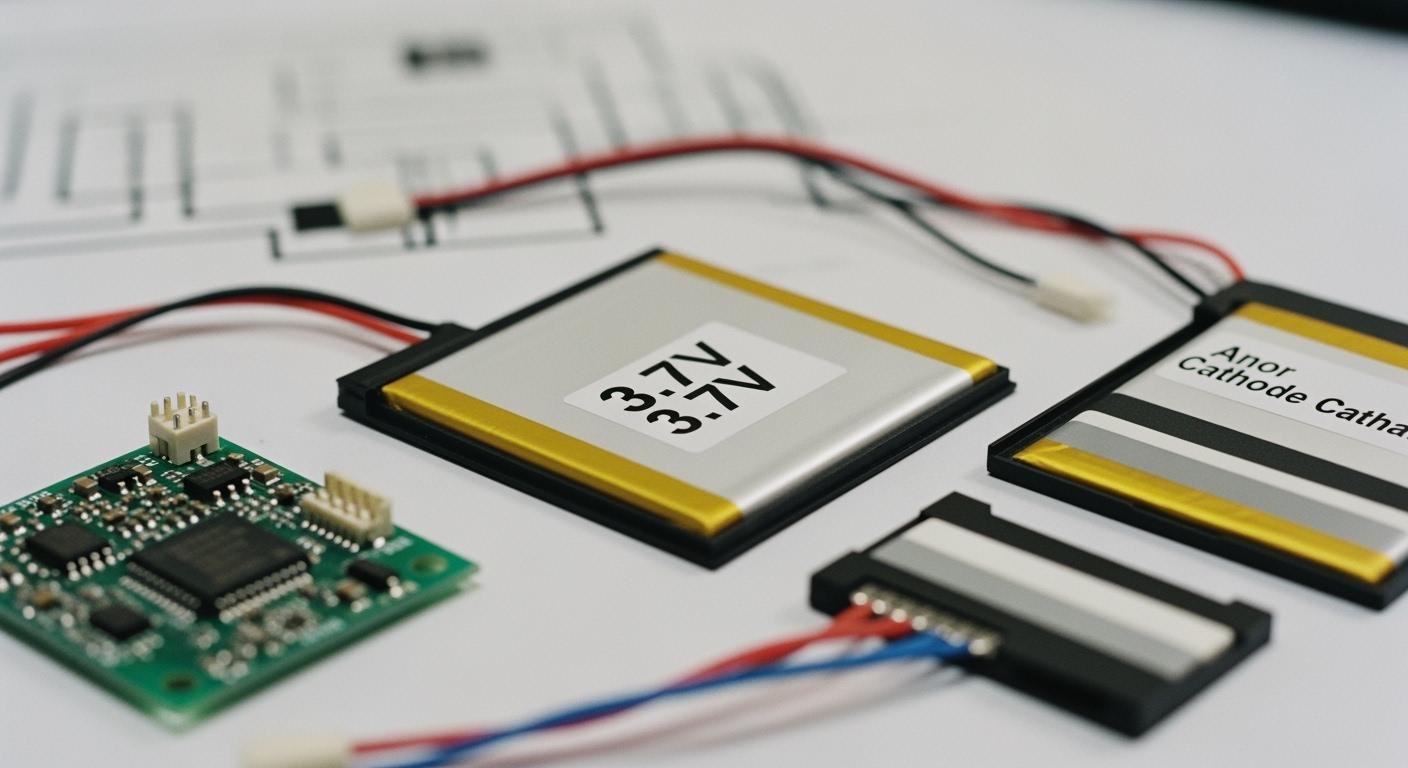
A 3.7v lithium-ion battery is the industry-standard power source for portable electronics. This 3.7v battery offers a great mix of high energy density and stable performance in a small package. The 3.7v lithium-ion battery is a cornerstone of modern lithium ion battery technology. Many products use this specific 3.7v battery. The reliable performance of this lithium-ion battery makes the 3.7v lithium-ion battery a top choice for engineers who need a dependable 3.7v battery.
Core Lithium Ion Battery Technology
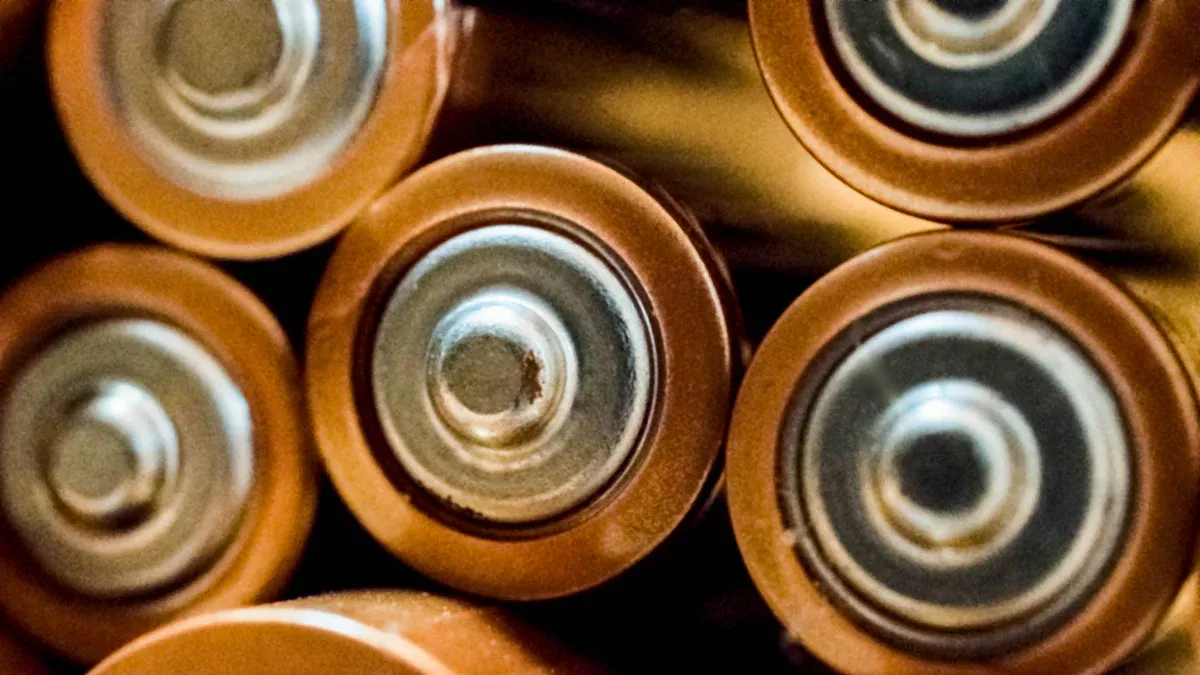
Defining the 3.7V Lithium-Ion Battery
A 3.7v lithium-ion battery is a rechargeable cell built on specific chemistry. It generates electrical energy through the movement of lithium ions. The core components typically include:
- Cathode (Positive Electrode): Often made from lithium cobalt oxide (LCO) or a similar material.
- Anode (Negative Electrode): Usually made from graphite.
This structure is fundamental to modern lithium ion battery technology. It allows the 3.7v battery to store and release energy efficiently.
What is the Difference Between 3.6V and 3.7V Lithium Batteries
People often ask, what is the difference between 3.6v and 3.7v lithium batteries? The 0.1V difference is mostly due to manufacturer labeling and shipping rules. For safety, regulations require shipping a 3.6v lithium battery at a partial charge. This labeling helps meet transport requirements. A 3.6v lithium battery and a 3.7v battery are generally interchangeable. Most devices can handle the small voltage variation. However, always use a charger designed for lithium-ion cells.
Key Performance Specs
Understanding key specs helps evaluate lithium-ion battery performance. These metrics define how a 3.7v battery will behave in a device. They include voltage, capacity, and discharge rates.
Voltage Range: Nominal, Charged, and Cut-off
The “3.7V” on a 3.7v lithium-ion battery is its nominal, or average, voltage. The actual voltage changes during use.
- Fully Charged Voltage: ~4.2V
- Nominal Voltage: 3.7V
- Cut-off Voltage: ~2.75V–3.0V
Note: Operating a 3.7v lithium battery outside this range is dangerous. Overcharging can cause overheating, while over-discharging causes irreversible damage and reduces its long cycle life.
Capacity (mAh) and Energy Density (Wh/kg)
Battery capacity measures how much charge a battery can hold, expressed in milliamp-hours (mAh). A higher mAh means a longer runtime. Energy density measures how much energy a battery stores for its weight (Wh/kg). The 3.7v lithium-ion battery is known for its high energy density. For example, some Nickel Manganese Cobalt (NMC) chemistries can reach 150–250 Wh/kg. This makes the 3.7v lithium-ion battery ideal for portable electronics.
C-Rate and Cycle Life
The C-rate tells you the maximum safe speed for charging or discharging a battery. A 1C rate means a full discharge in one hour. A 2C rate means a full discharge in 30 minutes. Exceeding the C-rate can cause overheating and damage the battery. Cycle life is the number of charge/discharge cycles a battery can endure before its battery capacity drops significantly. This is a key part of lithium ion battery technology. A 3.6v lithium battery and a 3.7v battery have similar performance metrics. A 3.6v lithium battery also follows these principles.
Common 3.7V Battery Types
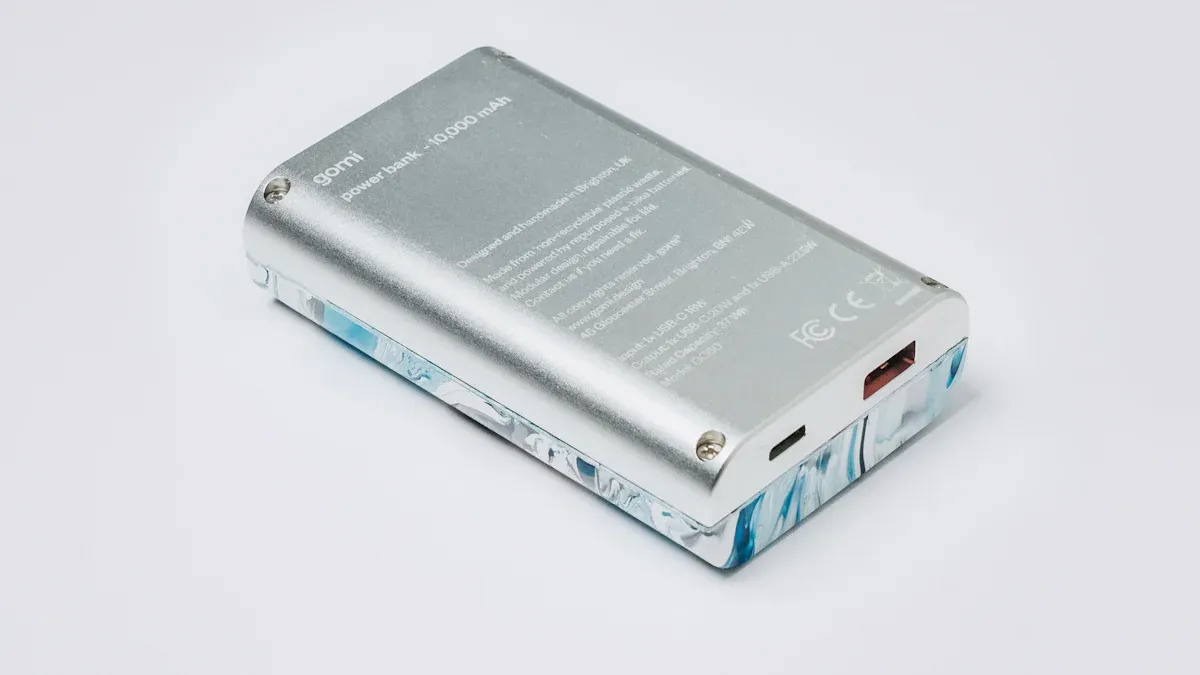
Not all 3.7V lithium-ion battery cells are the same. Different chemistries offer unique performance traits. Understanding these types helps you choose the right 3.7v battery for your needs. Below are the most common applications and chemistries.
Lithium Cobalt Oxide (LCO)
Lithium Cobalt Oxide was one of the first successful lithium-ion chemistries. This 3.7v battery is known for its very high energy density. This quality made it popular for early portable electronics like phones and laptops.
| Characteristic | Value |
|---|---|
| Specific Energy | 150–200 Wh/kg |
| Cycle Life | 500–1000 Cycles |
However, LCO chemistry has safety drawbacks. The cobalt inside is unstable and can lead to thermal runaway, creating a fire risk. Incidents like the Samsung Galaxy Note 7 fires highlighted these dangers. For this reason, many manufacturers now prefer safer chemistries for a 3.7v battery.
Lithium Polymer (Li-Po)
A Lithium Polymer (Li-Po) battery is a type of 3.7v lithium-ion battery. Its main advantage is its flexible form factor. Unlike rigid cylindrical cells, a Li-Po 3.7v battery uses a polymer electrolyte. This allows manufacturers to create batteries in thin or custom shapes. This flexibility is perfect for space-constrained devices like smartphones, tablets, and drones.
Nickel Manganese Cobalt (NMC)
Nickel Manganese Cobalt (NMC) batteries offer a balanced performance. This 3.7v battery blends the high energy density of LCO with greater safety and a longer lifespan. NMC cells have a higher energy density (150–250 Wh/kg) than LFP cells. This makes them an excellent choice for electric vehicles (EVs), power tools, and e-bikes, where both power and capacity are important.
Lithium Iron Phosphate (LFP)
Lithium Iron Phosphate (LFP) batteries are famous for their safety and longevity. While this 3.7v battery has a lower energy density than NMC, it excels in other areas.
- Exceptional Safety: LFP chemistry is very stable and resistant to overheating.
- Long Cycle Life: It can endure over 3,000 charge cycles, far more than other types.
- Stable Voltage: It maintains a consistent voltage during discharge.
These features make LFP the top choice for solar energy storage, RVs, and other applications where safety and a long service life are critical.
Safe Charging and Usage
Proper handling is essential for getting the most out of a 3.7v lithium-ion battery. Safe charging and usage habits protect the battery from damage. These habits also ensure consistent performance and a long lifespan. Understanding the correct procedures helps users operate their devices safely and effectively.
The CC/CV Charging Method
Lithium-ion batteries require a specific charging process called Constant Current/Constant Voltage (CC/CV). This two-stage method safely and completely charges the battery. A dedicated lithium-ion charger automatically manages this process.
-
Phase 1: Constant Current (CC) The charger supplies a steady current (e.g., 0.5C) to the 3.7v battery. The battery’s voltage gradually increases during this phase. This stage quickly charges the bulk of the battery’s capacity.
-
Phase 2: Constant Voltage (CV) Once the battery voltage reaches its peak (around 4.2V), the charger switches to the CV phase. It holds the voltage steady. The charging current gradually decreases. The charge cycle is complete when the current drops to a very low level.
Using a charger without the CC/CV algorithm is risky. It can lead to several problems:
- A non-CC/CV charger can inflate the battery’s voltage reading.
- The charger might stop prematurely, thinking the battery is full when it is not.
- Continuing to force current can push the voltage beyond safe limits, causing cell damage.
- The CV phase is the only way to ensure a 100% charge without overcharging the 3.7v battery.
The Role of the BMS
A Battery Management System (BMS) is the brain of a 3.7v battery pack. It is a small electronic circuit board that monitors and protects the cells. The BMS is crucial for safety and performance. Its main functions include:
- Overcharge and Over-Discharge Protection: The BMS stops the charging and discharging process if the voltage goes above or below safe limits. This prevents overheating from overcharging and permanent damage from over-discharging.
- Short Circuit Protection: It instantly disconnects the battery if it detects a short circuit. This action prevents thermal runaway and potential fires.
- Overcurrent Protection: The BMS monitors the current during charging and discharging. It cuts power if the current exceeds the battery’s safe C-rate.
These protective features are not optional. BMS hardware and software must follow strict international safety standards, such as IEC and ISO guidelines. This adherence ensures a reliable and practical and safe design for battery systems in everything from consumer electronics to electric vehicles.
Best Practices for Longevity
Users can significantly extend their battery’s life with proper care. The two most important factors are how deeply the battery is discharged and its operating temperature.
1. Manage the Depth of Discharge (DoD) Depth of Discharge refers to how much of the battery’s capacity is used in a cycle. Shallow discharges are much better for battery health than deep ones.
| Depth of Discharge (DoD) | Cycle Life (Number of Cycles) |
|---|---|
| 20% | 2500 |
| 40% | 1250 |
| 60% | 750 |
| 80% | 500 |
| 100% | 300 |
Tip: Partial charge cycles extend battery lifespan. Keeping the 3.7v battery between a 20% and 80% state of charge is an excellent strategy for maximizing its cycle life.
2. Avoid Extreme Temperatures Temperature greatly affects a battery’s health and performance. The ideal operating range is between 20°C and 30°C (68°F to 86°F).
- Cold Temperatures: Charging a 3.7v battery below 0°C (32°F) is very dangerous and can cause permanent damage. Cold also reduces available capacity.
- Hot Temperatures: High temperatures above 40°C (104°F) accelerate chemical degradation, permanently reducing the battery’s capacity and shortening its life.
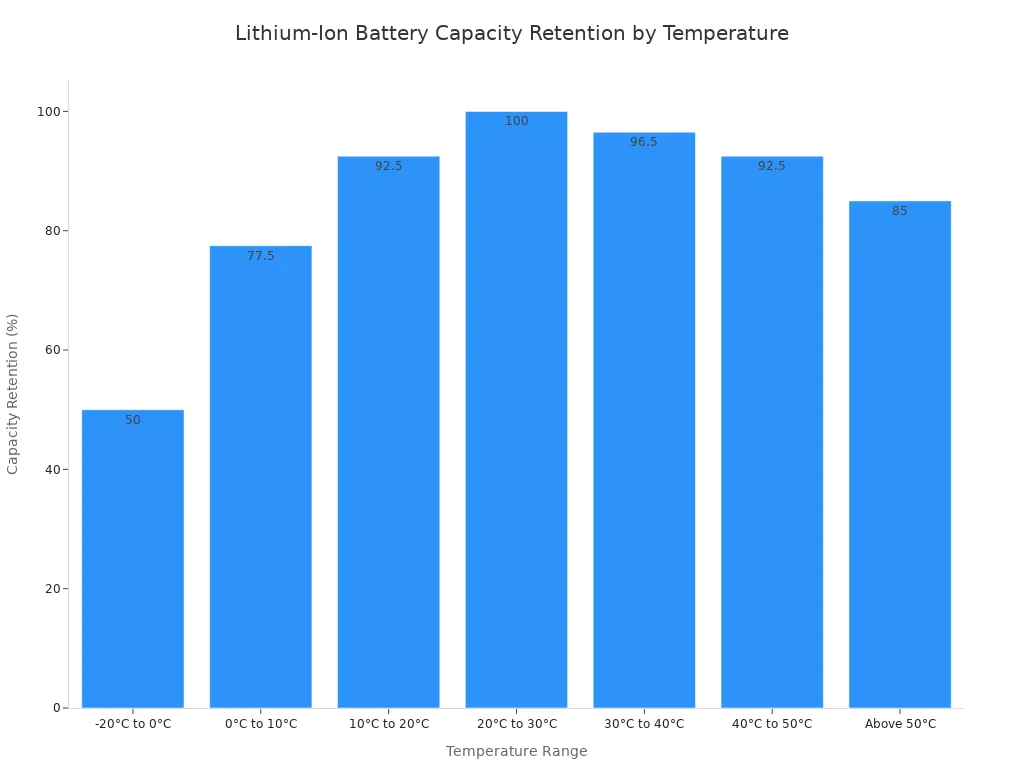
Ideal Storage Conditions
Proper storage is vital for preserving battery health over time. If a device will not be used for several months, users should prepare the battery for storage. The recommended State of Charge (SoC) for long-term storage is between 30% and 50%. Storing a battery fully charged or fully depleted causes stress and accelerates capacity loss.
Even in storage, a battery will slowly lose its charge. This is normal, as all batteries have a low self-discharge rate. Because of this low self-discharge rate, it is a good idea to check the battery’s charge level every few months. If it drops below 20%, recharge it back to the 30-50% range. Store the battery in a cool, dry place away from direct sunlight.
Choosing the Right 3.7V Battery
Selecting the perfect 3.7v battery involves more than just finding one that fits. Users must match the battery’s specifications to the device’s power requirements. This ensures optimal performance, safety, and longevity. Considering factors like capacity, discharge rate, and chemistry is essential for making an informed decision.
Matching Capacity to Device Needs
The battery capacity, measured in milliamp-hours (mAh), directly determines how long a device will run on a single charge. A higher mAh rating means a longer runtime. To find the right capacity, a user needs to know the device’s power consumption and the desired runtime.
The relationship is straightforward. A user can calculate the needed capacity with a simple formula. The required Battery Capacity (in mAh) is found by multiplying the Battery Run Time (in hours) by the Device Power Consumption (in mA). For example, if a device draws 500mA and needs to run for 4 hours, it requires a 3.7v battery with at least 2000mAh (4 hours * 500mA).
Tip: It is often wise to select a battery with slightly more capacity than calculated. This provides a buffer and accounts for capacity loss as the battery ages.
High-Drain vs. Low-Drain Applications
Applications have different power demands. These demands are categorized as either high-drain or low-drain. Matching the battery’s discharge capability (C-rate) to the application is crucial for safety and performance.
- High-Drain Applications: These devices draw a large amount of current quickly. Examples include power tools, drones, and high-performance flashlights. A 3.7v battery for these uses must have a high C-rate to deliver power without overheating or sustaining damage.
- Low-Drain Applications: These devices use a small, steady amount of current over a long period. Examples include TV remotes, smoke detectors, and simple electronic sensors. For these devices, a high C-rate is not necessary. The focus is on high capacity and a low self-discharge rate.
Using a low-drain 3.7v battery in a high-drain device can be dangerous. The battery may overheat, swell, or even fail completely.
Physical Size and Connectors
A 3.7v lithium-ion battery comes in many shapes and sizes. The battery must physically fit inside the device’s compartment. Cylindrical cells are standardized by their dimensions. The name itself indicates the size. For example, an 18650 cell is 18mm in diameter and 65mm long.
Common cylindrical cell sizes include:
| Cell Size | Diameter | Length | Typical Capacity |
|---|---|---|---|
| 14500 | 14mm | 50mm | Under 1,000 mAh |
| 16340 | 16mm | 34mm | 700 to 800 mAh |
| 18650 | 18mm | 65mm | 2,300 to 3,600 mAh |
| 21700 | 21mm | 70mm | 4,000 to 5,000 mAh |
| 26650 | 26mm | 65mm | Up to 10,000 mAh |
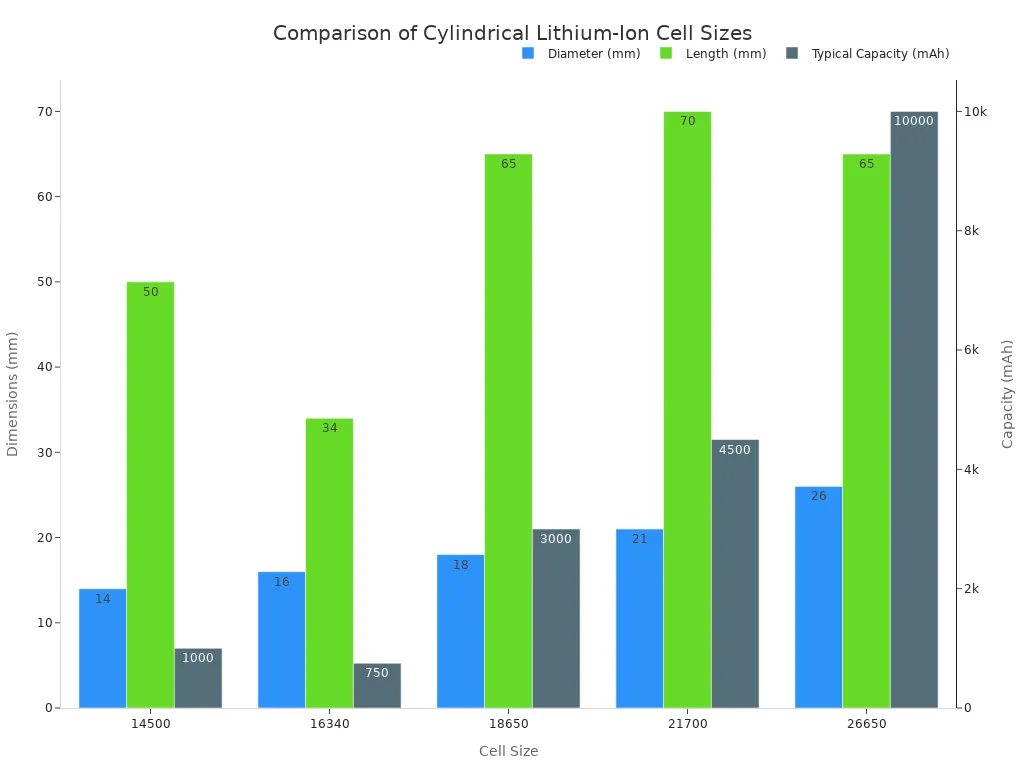
Beyond size, the connector must match the device’s port. Many pouch-style Li-Po batteries use JST (Japan Solderless Terminal) connectors. For instance, a 3.7V 10000mAh LiPo battery might come with a standard JST connector. Other models, like the 6000mAh LP4690114, use specific versions like the JST XHP-2. Always check the connector type to ensure compatibility.
Matching Chemistry to Application
Different lithium-ion chemistries offer distinct advantages. To choose the right type of lithium battery, a user must align the chemistry’s strengths with the application’s priorities. LFP and NMC are two popular chemistries with different ideal uses.
- Safety and Longevity (LFP): LFP batteries are known for their superior safety and thermal stability. They are highly resistant to overheating. LFP cells also offer an exceptional cycle life, often exceeding 3,000 cycles. This makes them perfect for stationary energy storage, solar power systems, and RVs, where long-term reliability and safety are the top priorities.
- Energy and Performance (NMC): NMC batteries provide higher energy density, meaning more power in a smaller, lighter package. This makes them the preferred choice for applications where space and weight are critical, such as premium electric vehicles and power tools.
The table below compares where each chemistry excels.
| Application/Priority | LFP Battery Preference | NMC Battery Preference |
|---|---|---|
| Electric Vehicles | Price is the top priority (e.g., standard-range models) | Performance and long range are priorities (e.g., premium models) |
| Stationary Storage | Preferred due to cost-effectiveness and long life | Not typically preferred, as compactness is less critical |
| Environmental Impact | More environmentally friendly (no cobalt) | Faces challenges due to cobalt mining |
Ultimately, the best 3.7v battery is one whose characteristics perfectly match the demands of the device it powers.
This guide provides essential knowledge about 3.7V batteries. Users should remember three key points:
- The 3.7V rating is a nominal, not constant, voltage.
- Capacity and C-rate are vital for performance.
- Safe charging habits are crucial.
Following these guidelines helps users achieve safety, optimal performance, and a long lifespan. This understanding of lithium ion battery technology empowers users to make smart choices. People can now confidently select and maintain the perfect battery, thanks to their knowledge of modern lithium ion battery technology.
FAQ
Can a person use a 5V charger for a 3.7V battery?
No. A person must use a dedicated lithium-ion charger. A standard 5V charger lacks the required CC/CV charging algorithm. Using one can overcharge the battery. This creates a serious safety risk, including potential fire or explosion. Always match the charger to the battery.
What does “protected” vs. “unprotected” 18650 battery mean?
A protected 18650 battery has a built-in Battery Management System (BMS). This circuit prevents overcharging, over-discharging, and short circuits. An unprotected cell lacks this safety feature. Users should choose protected cells for most consumer applications to ensure safe operation.
Why do Li-Po batteries swell or puff up?
Li-Po batteries swell when gas builds up inside the cell. This often happens from overcharging, overheating, or physical damage. A swollen battery is a sign of internal failure. A person should stop using it immediately and dispose of it safely.
Is it okay for a device to stay plugged in all the time?
Modern devices have charge controllers that stop charging at 100%. However, keeping a battery at full charge for long periods creates stress. This stress can reduce its overall lifespan. It is better to perform partial charges for maximum longevity.

